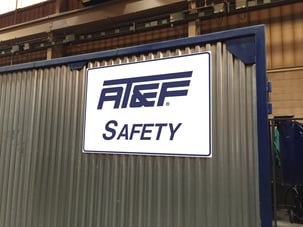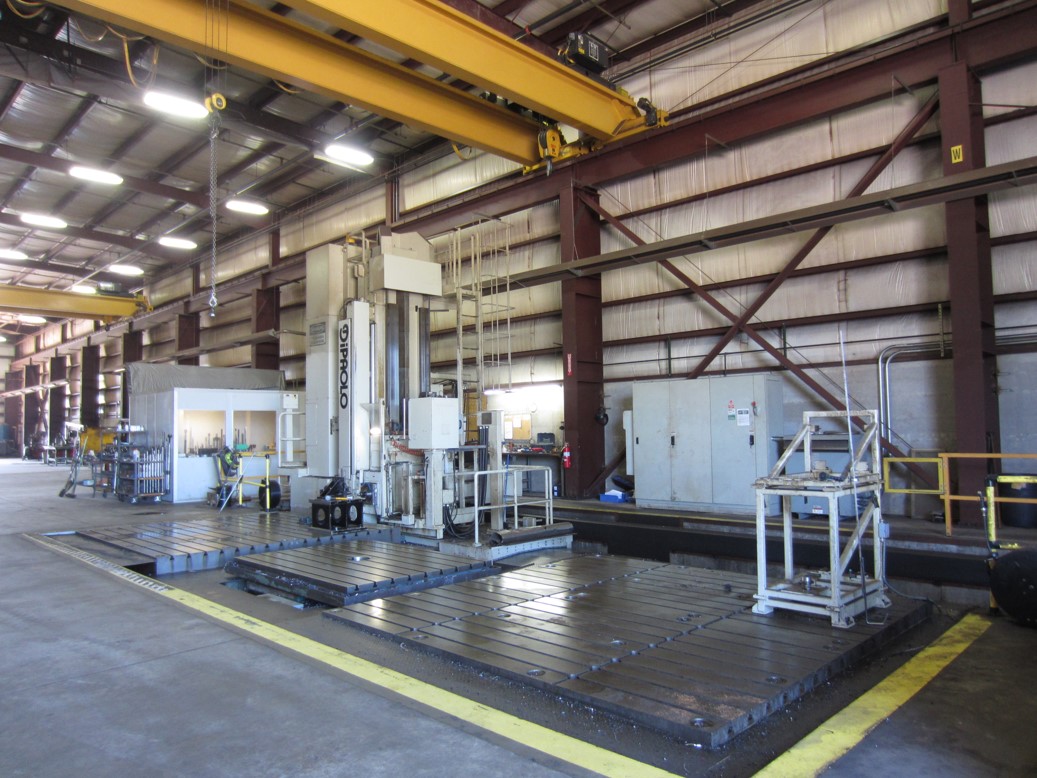Welding, like any job in a fabricating facility, comes with risks. Some risks are inherent to the craft, and some are factors of the environment, but all risks can be assessed and mitigated, if not completely eliminated, by following procedures. Safety has been a pillar for AT&F since our creation in 1940. The priorities that drive our business are “Safety, Quality, and Productivity,” in that order, and welding is no exception. Our in-house Weld Institute starts every course with an overview of safety to set the standard as soon as our welders begin learning. With 90% of all injuries in the workplace occurring due to operator error, preventing accidents like these begins with proper procedures.
Photokeratitis, commonly known as arc eye, is a health risk associated with welding. A welding arc generates extremely high amounts of visible and UV light which are dangerous when viewed without proper protection. The intense light causes damage to  the optic nerve that goes unnoticed for some time before symptoms begin to show. Excruciating pain likened to sand or battery acid in the eyes is a common symptom that usually begins hours after the initial damage. With proper treatment, corneal healing can be completed in as little as 24 hours, but further damage should be prevented until all symptoms subside.
the optic nerve that goes unnoticed for some time before symptoms begin to show. Excruciating pain likened to sand or battery acid in the eyes is a common symptom that usually begins hours after the initial damage. With proper treatment, corneal healing can be completed in as little as 24 hours, but further damage should be prevented until all symptoms subside.
A standard MIG welding unit supplies 230 volts of power to a workpiece, with higher voltage available in specialty models. This high voltage makes the risk of injury by accidental electrocution a possibility for the welders. At AT&F, we employ a department specific system of Personal Protection Equipment (PPE) to make sure that safety begins with the team members. This covers weld helmets with appropriate lenses, insulated leather gloves, a welding jacket, and other necessary equipment. Some equipment is standard across the board while other is situation specific, for instance, a respirator may be required depending on the type of metal being welded. Certain articles must be worn by all team members, including steel-toe boots with ankle support, safety eye-glasses, and adequate hearing protection.
While PPE only refers to the equipment a welding engineer might use, procedures are also put in place to ensure no team member is practicing an unsafe technique while working. Procedures include visual inspection of the welding environment, setting up UV walls, cleaning the weld area, and removing any electrical hazards that could be set off by the weld current. Securing a ground for the current is imperative, as an improper ground could either make an incomplete or an unsafe circuit.
While welding may pose certain risks to the operator, every risk can be addressed and sometimes completely absolved. Preventing injury is simple when proper procedures and equipment are employed.


 Press Release: AT&F Wisconsin Upgrades Facility
Press Release: AT&F Wisconsin Upgrades Facility